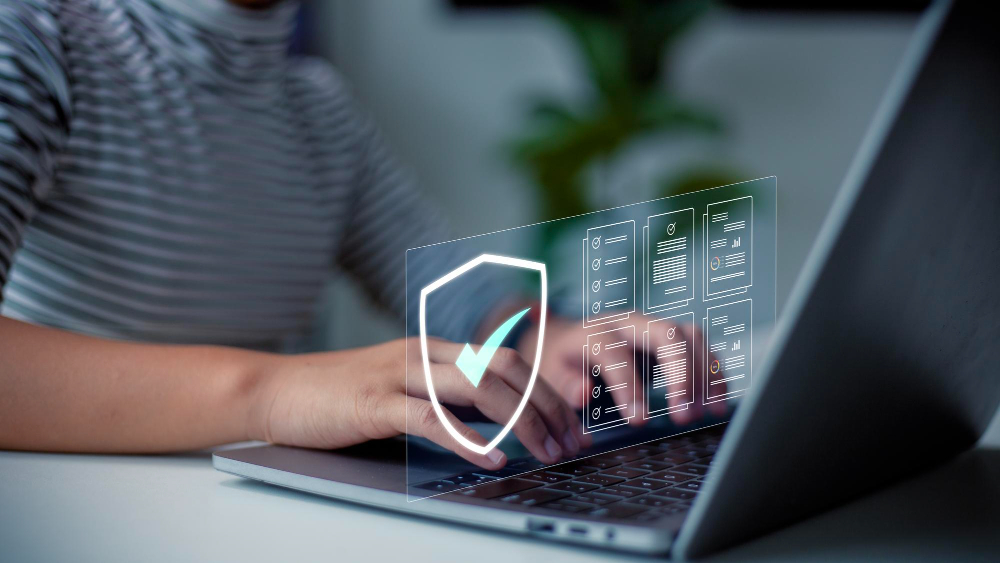Whenever you go online, there’s always a risk to your privacy, even if you believe it’s secure. These days, malicious actors have become increasingly sophisticated in performing clandestine cyber attacks, including spyware.
Most people are even unaware that their devices are infected by these attacks!
Ahead, we will explore how spyware infects devices and provide best practices for preventing and removing all types of spyware. Interested in learning more? Read on!
What is Spyware?

Spyware is a type of malware that gets installed on a device without the user’s knowledge nor consent. Users are often unaware that such a spyware program is running on their devices.
A survey revealed that in Q3 of 2023, spyware ranked among the top three successful cyber attack methods, affecting 20% of organizations and 65% of individuals.
This huge number shows that this attack has to be taken seriously by both individuals and organizations.
How Do I Get Spyware?

Here are some of the most common ways spyware infects your device.
Phishing and Spoofing
Email phishing and spoofing are becoming more common. Disguising as legitimate sources, spoofing attackers lure you via phishing emails to click a link redirecting to a fake website or download an infected email attachment. Little did you know that spyware is installed on your device once you execute these actions.
Trojans
Trojan viruses are another common fraudulent way to spread malware on your device. Once a virus enters your device, it delivers malware, like spyware, that can steal sensitive data and spy on user activities.
Mobile Device Spyware
Have you ever downloaded apps from an unofficial app store? Chances are, these apps may contain malware, like spyware programs, inside them. Spyware infects mobile devices via various methods. The most common way is via malicious apps.
Phishing links, fake updates, infected attachments, and sideloading can also open doors for spyware to infect your mobile device.
Security Vulnerabilities
Spyware often exploits security vulnerabilities in software or operating systems to infect devices and steal data. Some examples of vulnerabilities are zero-day, unpatched software, misconfiguration, and vulnerable APIs.
For instance, outdated software may have unpatched security holes that spyware can exploit to install itself without the user’s knowledge.
Misleading Marketing
Cybercriminals create ads or websites that promote seemingly real security software or services. These clickbait ads often appear on social media, search engines, or other popular platforms, sometimes leading to adware.
When users click on these ads and download the software, they unknowingly install spyware, which then monitors activities, steals personal information, and performs other malicious actions.
Software Bundles
Most people rave about discounted prices, let alone software bundles! However, attackers also take advantage of this opportunity by packaging spyware with legitimate software, often as an optional or hidden component.
When users install the software, they may unknowingly install the spyware. This is common with free downloads from unofficial sites.
Types of Spyware

Here are some of the most common spyware types.
Banking Trojans
Banking Trojans like Emotet usually target financial institutions. They hide in a device and aim to modify web pages and the transactions within. These attackers then send the obtained information to remote servers.
Password Stealers
These are malicious programs that capture your passwords as you type on your computer. To protect yourself, use a safe, reliable password manager and enable two-factor authentication whenever possible.
Keyloggers
Keyloggers record every keystroke, website visited, system credentials, search history, chats and emails, capturing your sensitive information.
Typically, they collect screen captures at intervals and transmit images, audio, video, and printed documents to a remote server or store them locally.
Infostealers
Infostealers are the ultimate data thieves. They sneak into a system, scan all the data, and steal everything from personal documents to financial information.
Like banking Trojans, these exploit browser vulnerabilities to collect personal information, send it to a remote server, or store it locally on your PC.
How Do Spyware Infections Occur?

Spyware infections often occur through deceptive methods. Some common possibilities are:
- Downloading files from unknown sources
- Clicking on a suspicious link, such as in an email, ad, or sketchy websites
- Pirating digital content
- Opening malicious email attachments
Sometimes, spyware infections can also occur merely because of visiting a website with a drive-by download or opening an HTML email message.
How Do You Prevent Spyware?

Preventing spyware takes several important steps, including:
- Keep your software and OS updated to get the latest security patches, especially on Windows Operating System.
- Download software from trusted sources.
- Avoid clicking on suspicious links.
- Enable antivirus real-time protection to detect and block spyware, like a security system for your device.
- Educate yourself on common cybercriminal tactics to avoid phishing scams.
- Watch for unusual activity on your devices and act quickly if something seems off.
How Do You Remove Spyware?

If your device starts to run slower than it usually is, constantly crashes, runs out of space, and shows pop-up ads, it might be signs that it is getting infected—and you need immediate spyware removal using a spyware removal tool.
Removing spyware requires a few steps, including:
- Disconnect from the internet to prevent further data or identity theft.
- Ensure there is no unwanted application installed.
- Run a full system scan using antivirus software.
- If the spyware persists, consider using a dedicated anti-spyware tool.
In serious cases, you might need to perform a system restore or reinstall your OS.
Frequently Asked Questions
What are examples of spyware?
Examples of spyware include Banking Trojans, keyloggers, and password stealers.
Can spyware be detected?
Yes, spyware can be detected with the right tools. Antivirus and anti-spyware programs are designed to scan your system and identify malicious software.
Are tracking cookies spyware?
Tracking cookies aren’t spyware, but they can invade your privacy by tracking your online activities to build a profile of your preferences. While they don’t steal sensitive information, they are used for targeted ads and data collection.
Conclusion
Spyware attacks are a real threat, but with the right knowledge and tools, you will safeguard your data. Always stay vigilant, keep your software updated, and use reliable security programs to prevent yourself from being attacked.
It is very important to have a strong defence system to guard your digital life. Contact Fluxgate for professional assistance with your cyber security!
